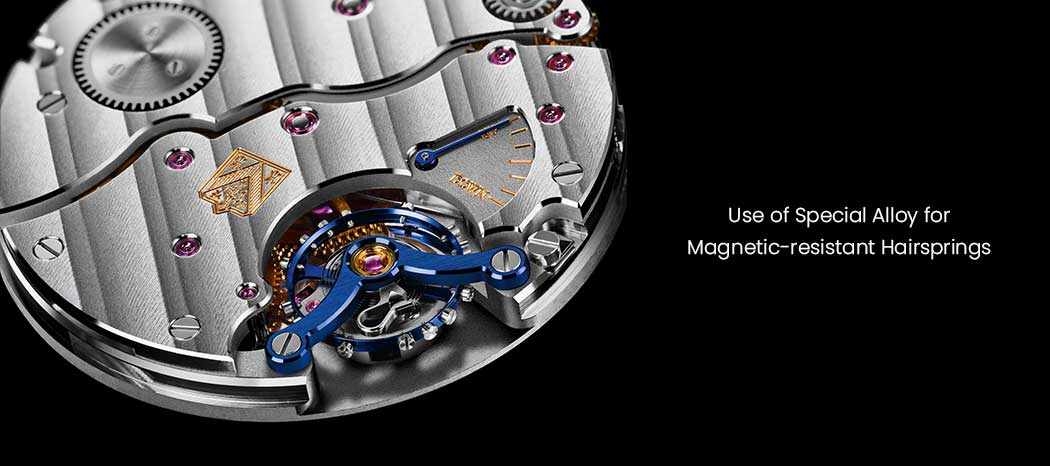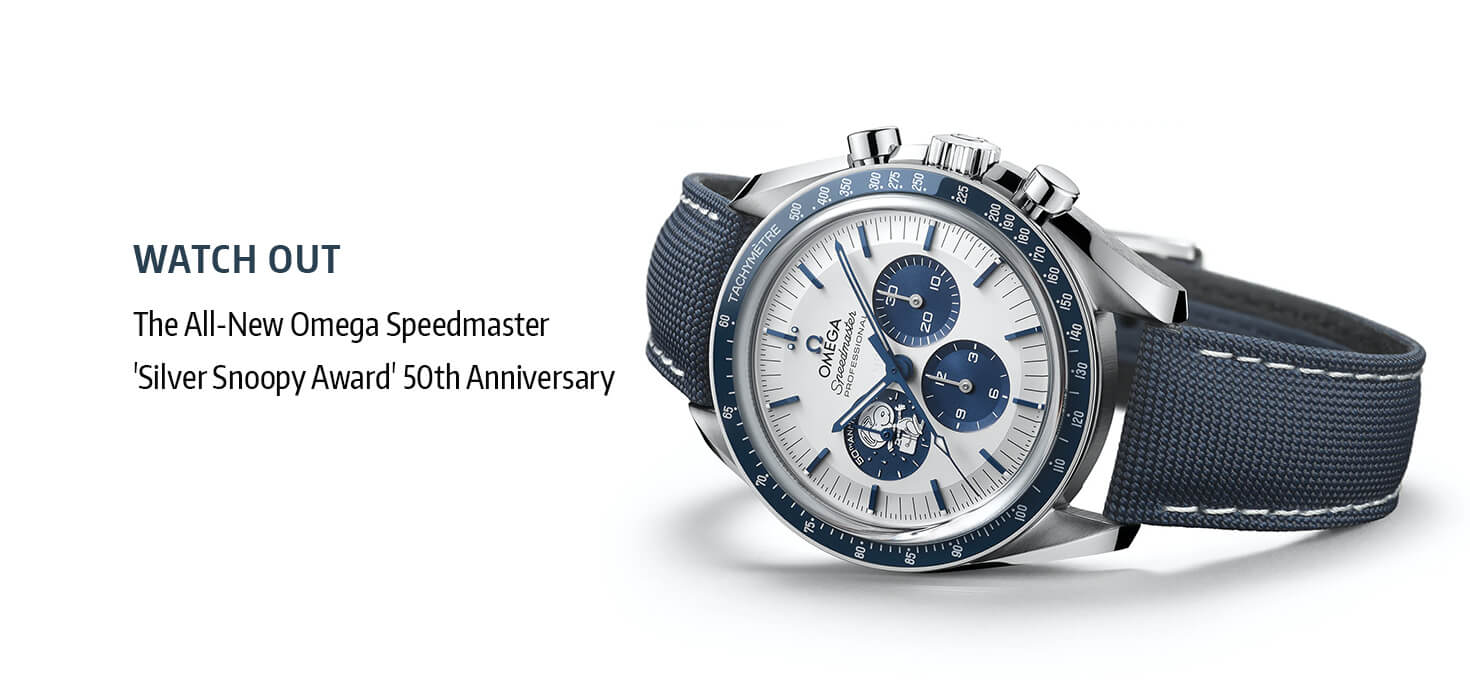A world where precision and craftsmanship converge to create timepieces that transcend mere utility, luxury watches stand as the epitome of elegance and engineering prowess. Among the remarkable innovations that have graced the realm of haute horlogerie, antimagnetic watches emerge as a testament to the ceaseless pursuit of perfection.
When a magnet watch or a watch that is not regarded as antimagnetic encounters a magnetic field, the internal mechanism known as the escapement may experience interruptions, resulting in a minor to moderate effect on its timekeeping precision. Instances have been recounted where individuals observed their timepieces halting or experienced disturbed functioning. This is the rationale behind certain watch manufacturers’ efforts to guarantee the resilience of their watches, particularly those intended for pilots who are bound to encounter magnetic fields during flights.
The Anti Magnetic Watch History

The chronicle of anti-magnetic wrist watches dates back to a time when technological advancements began to interlace with the aesthetics of timekeeping. It was during the early 20th century that the watchmaking industry first grappled with the unsettling influence of magnetic fields on the delicate precision of watch movements. Railroads, telegraphs, and other emerging technologies infused the environment with magnetic forces that disrupted timekeeping accuracy. Recognizing this issue, brands like IWC pioneered the creation of timepieces resilient to magnetic interference.
In 1846, Vacheron Constantin embarked on the endeavor of crafting an anti-magnetic wrist watch, utilizing a palladium balance spring. However, it took numerous decades for the company to achieve triumph in the creation of such a timepiece. Eventually, in 1915, they successfully manufactured the world’s premiere antimagnetic pocket watch. Subsequently, Tissot entered the scene and in 1930 unveiled the Antimagnétique, which is thought to be the inaugural wristwatch with anti-magnetic capabilities.The broader acceptance of the anti-magnetic wrist watch occurred a couple of decades subsequent to these initial endeavors. A noteworthy impetus for their advancement came about in 1948 when Jaeger-LeCoultre and IWC collaborated to produce the Mark XI-spec watches in response to the British Ministry of Defense’s request. These timepieces were mandated to possess anti-magnetic properties for aviation use. Omega and IWC similarly joined in, fabricating their own anti-magnetic watches tailored for professionals working in high magnetic field environments.
Magnetic Effects and Watch Movements

Magnetism, an invisible force that has long intrigued humanity, poses a unique challenge to watch movements. Traditional mechanical watches rely on the oscillations of balance wheels and the precise synchronization of gears. However, the introduction of magnetic fields distorts these finely tuned components, leading to erratic timekeeping and diminished accuracy. Elevated levels of magnetism can cause a watch to gain or lose substantial time, thwarting the very essence of horological mastery.
To understand this better let’s delve briefly into the working mechanism of these watches. Of particular significance is the wafer-thin and delicate “hairspring”, which, in conjunction with the balance, constitutes the watch’s core, ensuring accurate ticking. When a mechanical watch encounters a magnetic field, a significant factor comes into play: the exceedingly thin nature of the hairspring. If this hairspring is composed of a ferromagnetic material like iron or nickel, exposure to the magnetic field leads to the magnetization of the balance spring. Depending on the magnetic field’s potency, the ensuing repercussions on the watch’s precision can range from minor divergences of a few minutes to substantial deviations amounting to several hours each day. In cases of particularly potent magnetic fields, the watch might even come to a complete halt. This phenomenon arises from the fact that a magnetized balance spring can become immobilized, causing its oscillations to lose their usual regularity, in contrast to the smooth motion of an unaffected balance spring.
How Do Watchmakers Counter Magnetism?
Anti-magnetic watches stand as the ingenious solution to this quandary, achieved through the amalgamation of innovative materials and meticulous engineering. These watches incorporate materials that are impervious to magnetic fields, such as silicon and certain alloys. The movement’s key components, including the escapement and balance spring, are often crafted from these materials, rendering them immune to the influences of magnetism.
Originally designed to cater to the demands of professionals in fields like aviation and engineering, where consistent exposure to magnetic fields is commonplace, these robust watches have now evolved to incorporate anti-magnetic technology as a safeguard for their intricate movements to counter the everyday exposure to magnetic fields posed by the new age gadgets.

Watchmakers have devised two primary strategies to prevent watches from becoming magnetized. Firstly, a protective measure involves the creation of an inner cage composed of highly magnetically permeable material. This cage attracts magnetic field lines, effectively shielding the movement and preserving its accuracy.

Alternatively, the approach revolves around crafting the internal components that are susceptible to magnetism, such as balance springs, using nonferrous materials. This strategic choice ensures that the watch’s accuracy remains intact. In this context, the industry favors materials like alloys over ferrous steel due to their ability to resist magnetic influences. Additionally, watchmakers have embraced silicon-made parts due to their proven efficacy in countering magnetism. The silicon parts used to be expensive when they were introduced, but with time and advancement of technology the costs have come down and hence bringing the anti-magnet watch price to a more accessible range.
Why Anti-Magnetism Matters: Intersections with Magnetic Fields in Daily Life

The intriguing repercussions of magnetic fields might appear distant, yet their presence can make a tangible impact on a daily basis. Delve into the intricacies of the modern urban lifestyle, where an array of electronic devices such as smartphones, tablets, and laptops are an integral part. These devices emit magnetic forces that, although imperceptible, have the potential to disrupt the precise functioning of a wristwatch. This phenomenon, rather than being confined to isolated incidents, unfolds regularly in our lives. Hence, while some debate that non-magnet watch price ranges start a little higher than the regular ones, these watches have become necessary with the kind of life all of us are leading.
Imagine, you’re getting ready for a glamorous soirée, meticulously adjusting your wristwatch to synchronize it with the grand occasion. Unbeknownst to you, the magnetic field generated by your indispensable smartphone, while undoubtedly facilitating communication, subtly alters the tempo of your watch. As the evening progresses and the festivities unfold, your sophisticated timepiece finds itself ensnared by the inconspicuous web of magnetic interference – a silent yet impactful victim of its technological surroundings. This paradox isn’t lost on those who truly appreciate the artistry of watchmaking, underscoring the delicate balance between modern convenience and traditional craftsmanship.
Intricately woven into our routines, magnetic fields seep into our lives through more avenues than we might anticipate. Think about the everyday items that harbor magnetic forces – the clasp of a handbag, the magnets on a refrigerator door, or the security scanners at airports. These seemingly mundane objects can exert subtle yet persistent influences that gradually skew the accuracy of our beloved timepieces. The synergy between the conveniences of contemporary living and the timeless art of horology becomes a delicate dance, where magnetic forces play an unexpected role.
The world of watches and the ubiquity of magnetic fields intersect in ways that underscore the marvels of science and engineering. The quiet but pervasive effect of these fields on watch accuracy becomes a reminder of the fascinating interplay between innovation and tradition, modernity and craftsmanship. As we navigate our technology-rich lives, it’s worth contemplating the hidden forces that quietly shape even the most timeless aspects of our existence.
The importance and pros of having anti-magnetic watches have put the question of magnet watch price or the prices of anti-magnetic watches on a shelf.
There are several brands offering remarkable anti-magnetic wrist watch models yet some of the best antimagnetic watches are from the luxury brands like Tissot, Omega, IWC etc.
A normal watch or a magnet watch needs demagnetisation services quite regularly, for which you need a reliable luxury watch service center, or another simple way is to get an anti-magnetic wrist watch. For both of these options, there is Kapoor Watch Company. One of India’s longest standing luxury watch retail chains and service centers. The brand offers an exhaustive range of non-magnet watch models from world’s most renowned brands. Along with offering authentic watches, Kapoor Watch Co. has a comprehensive non-magnet watch price range, the range makes it more accessible for all the luxury watch enthusiasts and antimagnetic watch lovers. Visit Kapoor Watch Co. to explore the collections or click here to find a store nearby.





Recent Posts
Recent Comments
Archives